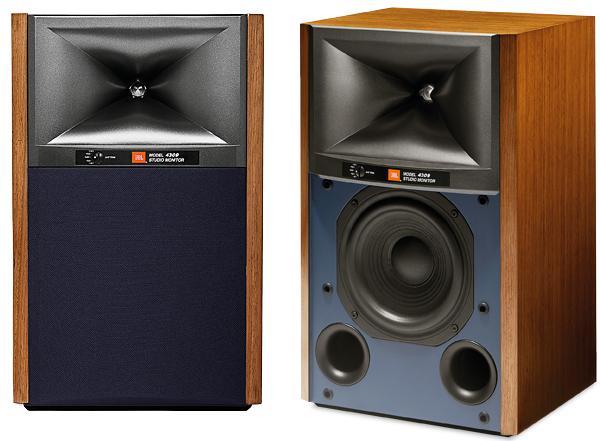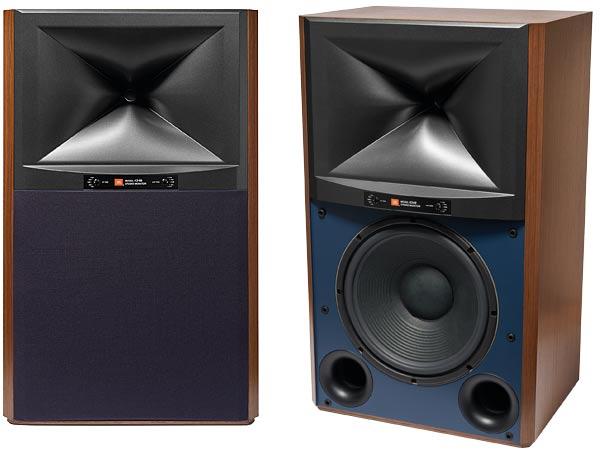Loudspeakers
Sort By: Post DateTitle Publish Date
|
Jan 19, 2025 |
First Published: Jan 01, 2025
|
May 13, 2020 |
First Published: May 01, 1987
|
May 06, 2021
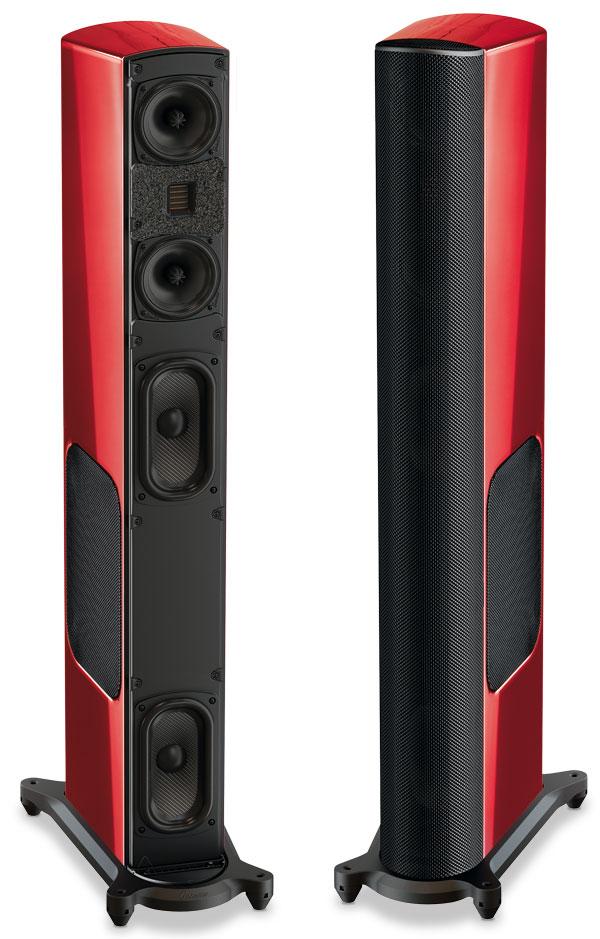
 A refinement of GoldenEar's established Triton series, the new T range still combines an AMT tweeter, active bass and ABRs
A refinement of GoldenEar's established Triton series, the new T range still combines an AMT tweeter, active bass and ABRs

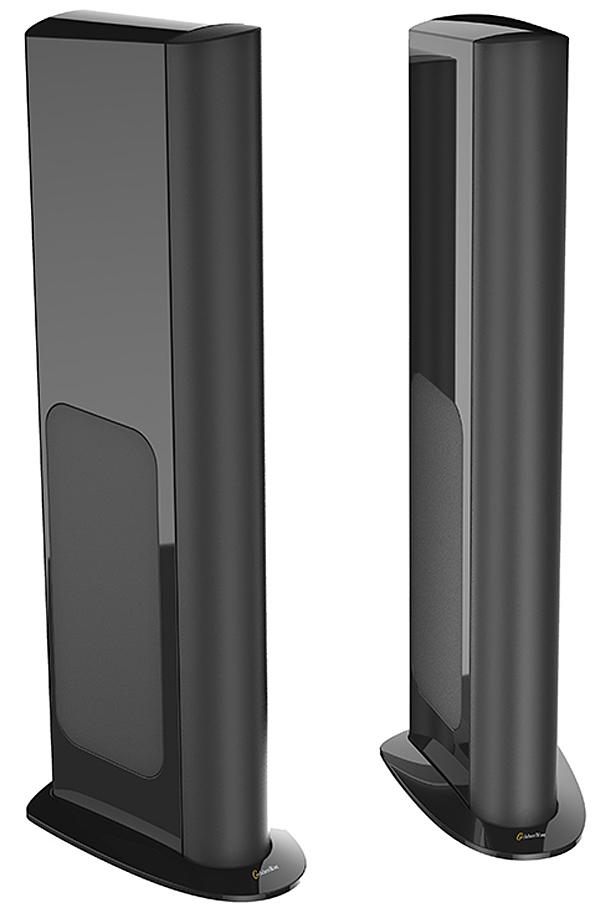
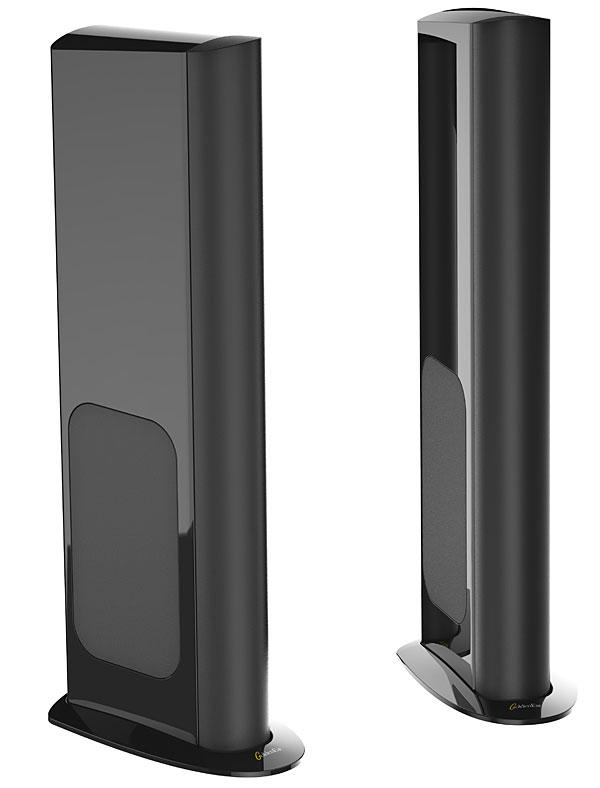
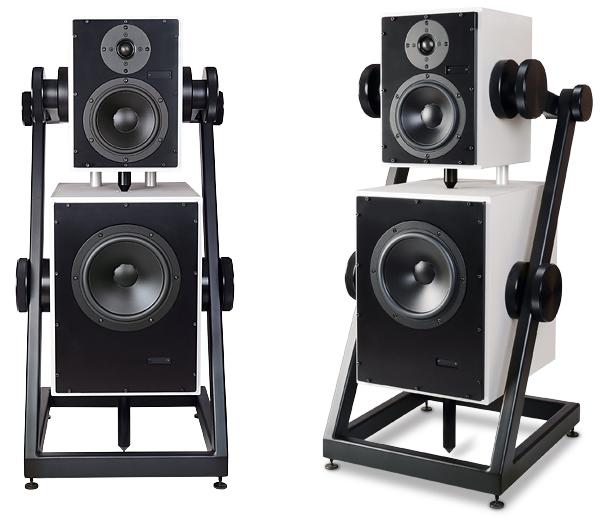
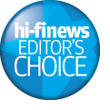 There certainly aren't many speakers that look like them, but these baby models – yes, really – in the Swiss brand's wireless active range combine style with all-alloy substance
There certainly aren't many speakers that look like them, but these baby models – yes, really – in the Swiss brand's wireless active range combine style with all-alloy substance

 The Magnum appeared in numerous guises throughout Goodmans’ long history but this early ’90s version is arguably less well known. How does this ‘two-way’ fare today?
The Magnum appeared in numerous guises throughout Goodmans’ long history but this early ’90s version is arguably less well known. How does this ‘two-way’ fare today?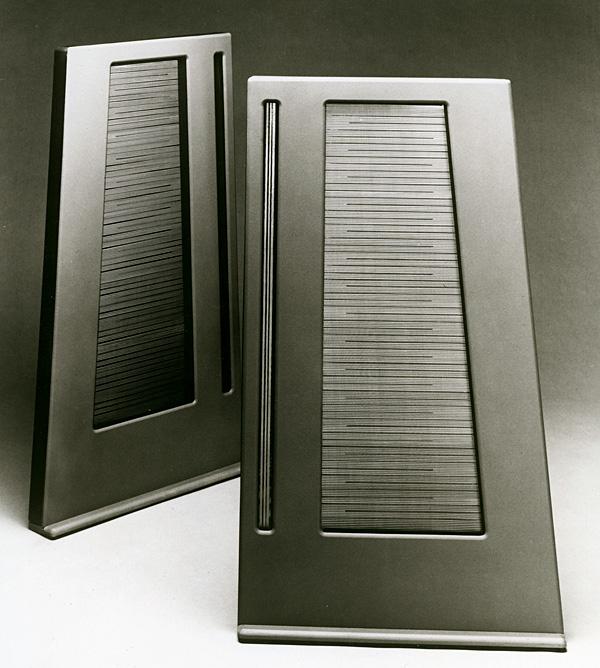
 With the latest Apogee, ribbon technology comes in a more affordable package. Ken Kessler's assessment follows Martin Colloms' review
With the latest Apogee, ribbon technology comes in a more affordable package. Ken Kessler's assessment follows Martin Colloms' review

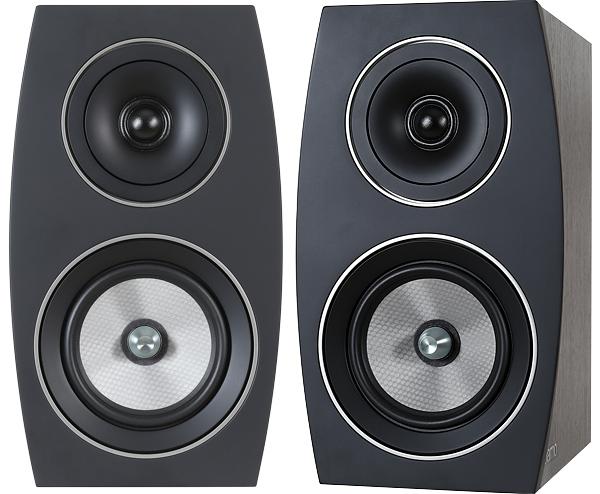
 The latest compact speaker from Jamo blends designer appeal with solid audio engineering
The latest compact speaker from Jamo blends designer appeal with solid audio engineering
